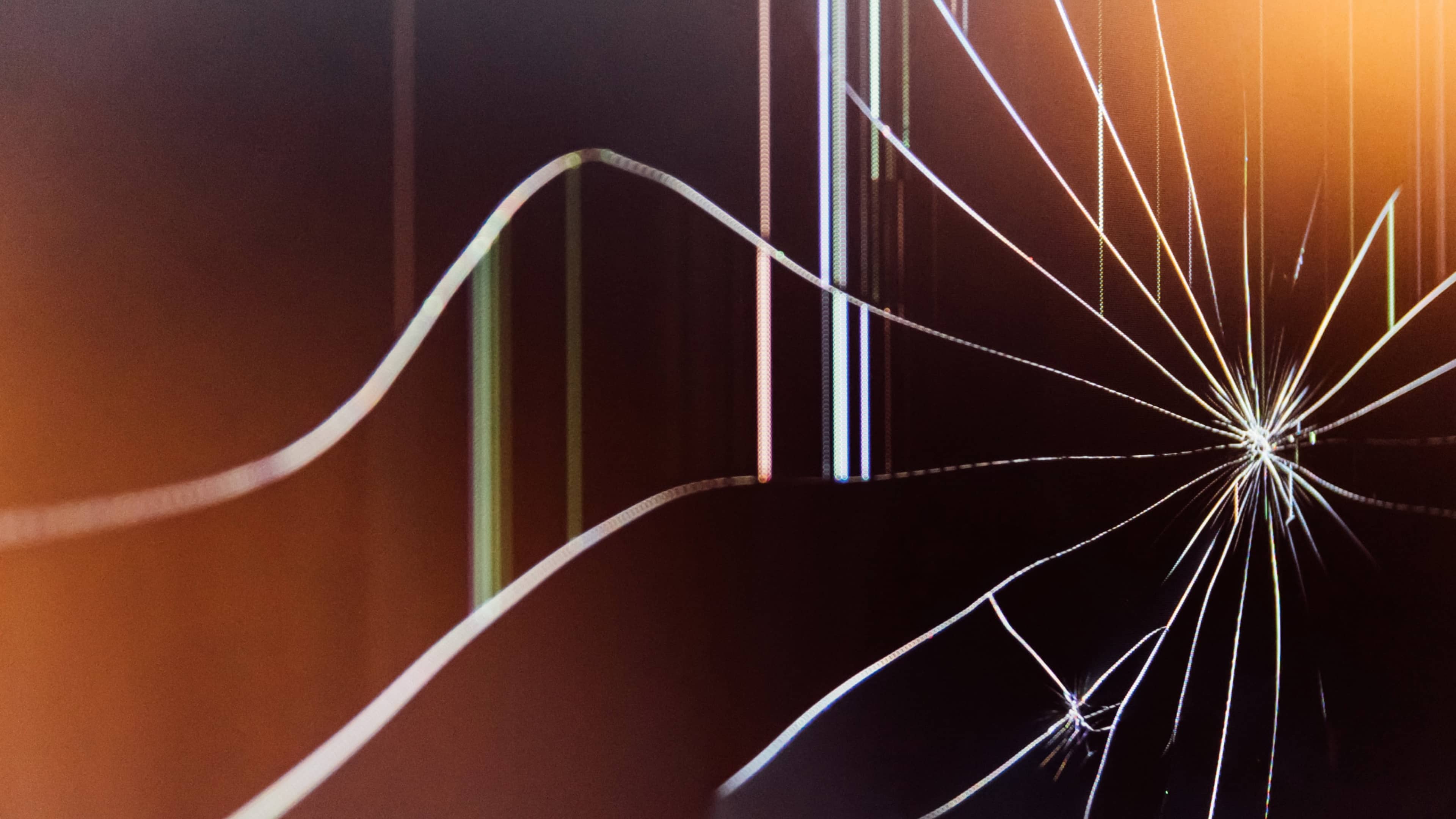The smartphone death march – Part I

The smartphone death march - Part I
December 14, 2016
The current smartphone battles are leading to a dead end or at least a major intersection – one where innovation takes a pause and waits for the ‘experience’ to catch up with all the firepower the hardware offers.

Where is the innovation?
The current smartphone battles are leading to a dead end or at least a major intersection – one where innovation takes a pause and waits for the ‘experience’ to catch up with all the firepower the hardware offers. The pace of change and the market expectations of new and improved versions will only lead to more ‘Note 7’ type debacles. After all, with all the features are gimmicks being packed in, the speed of change can only lead to mistakes or a disastrous quality oversight.
The latest iPhone clearly lacks any major innovative features and Apple’s statement that it “courage” to remove the headphone jack is ludicrous! Apple – Courage is what a soldier demonstrates at the battle front! A person who is defusing a live bomb is courageous – not your decision to replace the 3.5mm jack with the lighting port. It is a brilliant business move to sell more accessories and that is it!
With Google’s release of the Pixel duo, the tech giant is taking a fresh (to Google) “Apple-like” approach to devices – they own the hardware and the software on a Google branded device – sure the Nexus line was close but the Pixel line is different. The feature set, the hardware and the pricing is all premium and meant to compete with the iPhone and partners like Samsung, LG, Lenovo amongst others. While Android 7 does have some neat stuff to offer, I was disappointed to see that there was no originality in styling – it looks like an iPhone – perhaps like a future iPhone 8 – missing home button from current iPhone 7 line J. Furthermore, some of the features seem to be borrowed from other platforms. And how can it not be waterproof? Alas, the psychology of expectations – as a consumer, I have come to expect more!

It is about time that we call a smartphone just a phone (after all in major markets, the sale of feature phones is down to a trickle). Better yet, we could call it a mobile computing device. But that is a mouthful.
In 2015, a little over 2 Billion mobile phones were sold and about 65% of these devices were smartphones from manufacturers like Samsung, Apple, Xiaomi, Vivo, Huawei and others. China and India remain strong growth markets with Africa following a similar growth trajectory.
Per Gartner, in 2016, 82% of mobile phones will be smartphones – this is hefty increase over 2015!

Android and iOS together cover over ~99% of the global smartphone market. iOS remains solely in the premium category while Android has been embraced by manufacturers aiming to bring smartphones to the masses in emerging markets. The devices get more compute power year after year but premium devices on average cost about ₹52,580.00 . The average price of an Android phone globally being approximately ₹15,774.00 , largely due to several manufactures in India and China producing affordable devices. It is interesting to note that Gartner predicts users in China and other emerging markets will opt to replace within the basic smartphone category without necessary moving to the premium category. In my view, the “basic” smartphone category comprises of hundreds of competent Android devices that can run all popular consumer and business applications.
With the prices soaring for premium devices, the consumer is expecting more – something more than glossy screen, water proof hardware, mind numbing CPU stats, more disk space, blazing data speeds etc.
What “more” may vary from person to person but with the growing number of devices an average professional is carrying – the laptop, a tablet, a phone, a smartwatch, a fitness tracker; one must wonder about the effective utilization of all that compute power










